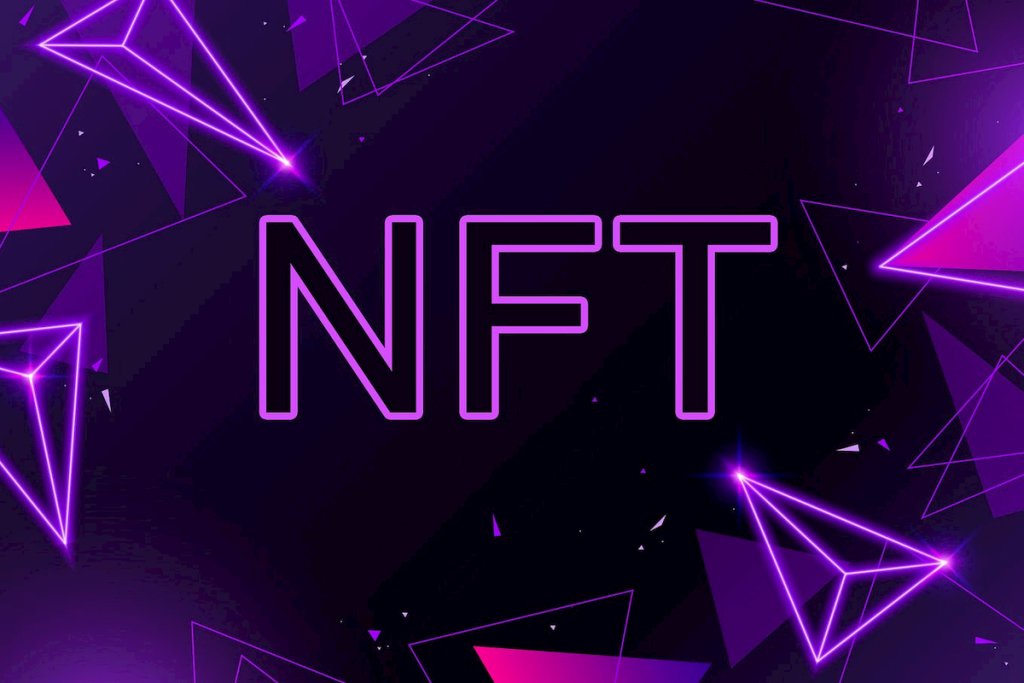NFT Trading Hits a Wall as Market Volatility Deepens
NFT trading faced a staggering downturn in February 2025, with global volumes plummeting by over 60% in just two months. As the broader crypto market reeled from a turbulent start to the year, non-fungible tokens—once the crown jewel of digital ownership—took a hard fall. But is this just a temporary contraction, or are we witnessing the end of the NFT hype cycle?
A Closer Look at the Numbers
NFT trading volumes dropped from $1.36 billion in December 2024 to just $498 million by the end of February 2025, representing a 63% collapse. This comes on the heels of a difficult 2024, which saw annual trading volume fall to $13.7 billion—just a fraction of the $57.2 billion peak reached in 2022.
Despite the plunge, NFT platform activity remained somewhat resilient. While trading volumes dipped, user engagement rose by 6% in February, with 3.5 million users interacting with NFT platforms, hinting at latent interest despite bearish market conditions.
| Metric | December 2024 | February 2025 | Change |
|---|---|---|---|
| Trading Volume | $1.36B | $498M | -63% |
| Total Sales | 3.9M | 2.7M | -30% |
| Active Wallets | ~26M | ~24M | -8% |
Key Drivers Behind the NFT Trading Collapse
1. Crypto Market Volatility
Volatile crypto prices have historically dictated NFT trends. With Bitcoin’s sharp rise to $108,000 in December followed by increased market uncertainty, risk-averse investors began pulling back on speculative NFT assets.
2. Investor Fatigue & Speculation Burnout
The market has been oversaturated with collections promising utility but delivering little. Many investors now question the long-term value of avatar-style NFTs and speculative assets.
3. Market Saturation and User Disillusionment
Excessive NFT launches diluted consumer interest. As a result, even prominent platforms like OpenSea saw major declines in both traffic and volume.
According to NonFungible.com, profile picture NFTs, once a dominant force, generated $243 million from 76,385 sales—down significantly from their 2022 highs.
Platform Shakeups: Winners and Losers
Major NFT marketplaces bore the brunt of the trading volume collapse. OpenSea, Blur, and LooksRare all experienced steep revenue declines, while newer platforms with AI-driven utilities and curated experiences managed to hold user interest longer.
| NFT Category | Trading Volume | Sales Count |
|---|---|---|
| Profile Picture NFTs | $243M | 76,385 |
| Gaming NFTs | $41M | 421,853 |
| Sports NFTs | $7.7M | 59,097 |
Some platforms have begun shifting toward music and art NFTs, where perceived value is less speculative and more culturally driven.
NFT Trading’s Link to Cryptocurrency Prices
The decline in NFT trading isn’t an isolated event—it’s tightly bound to broader crypto market dynamics. As the crypto market cap surged to $3.71 trillion in December 2024, NFT activity initially surged. However, when prices pulled back in early 2025, NFT trading volumes mirrored the slump.
NFTs are primarily transacted in Ethereum and Solana, both of which saw major price swings, causing sharp shifts in user sentiment and trading behavior.
Strategies for Survival: How the Market Is Adapting
Collectors Turn Selective
Buyers have become more discerning, favoring NFTs with proven utility—such as token-gated experiences, royalties, or AI-generated art.
Developers Pivot to Utility
Project creators are responding by:
- Partnering with mainstream brands and artists
- Introducing NFT staking and rewards
- Building multi-chain interoperability
As a result, despite lower volumes, engagement per user has increased. February saw 3.5 million unique wallets engaging with NFT platforms, up 6% from January.
Expert Predictions for the NFT Market
Despite the slump in NFT trading, experts suggest the sector may be nearing the end of a necessary correction. Some believe artificial intelligence could usher in a new NFT wave by enabling hyper-personalized digital assets.
| Expert | Outlook | Reason |
|---|---|---|
| @CryptoWhale | Gradual Recovery | Strong utility projects |
| DappRadar Analyst | Bullish Mid-2026 | AI integration & cross-chain NFTs |
| NFTStats.io | Cautiously Optimistic | Market consolidation underway |
Many believe NFT trading will rebound as the market matures and sheds speculative baggage.
FAQs About NFT Trading
What caused the sharp decline in NFT trading volumes in February?
The 60% drop was driven primarily by crypto market volatility, waning investor interest, and oversaturation of low-utility NFT projects.
Are all NFT categories affected equally?
No. Art and gaming NFTs have seen slightly better performance compared to collectible avatars, which have lost significant market share.
How does crypto volatility impact NFT trading?
As NFT purchases are often made using volatile assets like ETH or SOL, price swings can dissuade buyers and affect overall volume.
Is there still opportunity in NFT trading?
Yes. NFT sectors tied to real-world utility, music, and AI have growing potential as the market becomes more sophisticated.
What are marketplaces doing to recover?
Platforms are pivoting to higher-utility NFTs, launching AI integrations, and reducing fees to incentivize user participation.
Conclusion — Is NFT Trading Dead or Just Evolving?
The dramatic plunge in NFT trading in February 2025 marks one of the steepest contractions in the digital asset sector to date. Yet, this downturn may serve as a cleansing phase—sifting out hype-driven projects and paving the way for more sustainable innovation.
Artificial intelligence, real-world use cases, and regulatory clarity could reinvigorate NFT adoption. While speculative volumes have fallen, user engagement remains stable—hinting that NFTs may not be dead, but rather undergoing a transformation.
The next NFT bull run, if it comes, won’t be fueled by cartoon avatars—it will be built on meaningful digital ownership.

